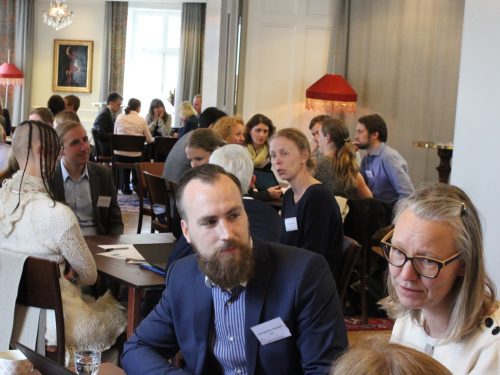Nature Capital and Value Creation
Background
There are many ways to assess and quantify resource efficiency, from simple measures of how much of a particular resource is needed for a particular product to more general measures that can describe the effectiveness of the use of different types of resources – separately or aggregated. What is a good measure then?
The EPS methodology for monetary valuation of environmental damage was developed mainly during the 1990s by members of the applicant group (Steen 1999) and it has subsequently been further developed in several rounds. There are many ways to count on environmental costs, and it is hardly possible to find a general method that covers all needs.
Aim & objectives
A metric for resource efficiency will be tested and implemented in the project. The metric is formed by relating the value creation by a product or service system (PSS) to the impact on the natural capital caused by said PSS in a life cycle perspective. The method will be tested i five case studies and results will be communicated broadly nationally as well as internationally. Default values for natural capital impact as expressed in the EPS enviro-accounting method for a selection of PSS will be implemented in a database and made available as a result of the project. As part of the method development a thorough analysis will be carried out of how resource efficiency is dealt with in existing standards. We will also take action to respond to and provide input to ongoing and upcoming standardisation work in ISO and CEN.
Outcomes
The following outcomes are expected to be reached during the project:
- Implementation of a database containing type values regarding the impact on the natural capital when manufacturing and disposing of different types of materials, based on the proposed methodology and the life cycle data available to the applicant group for emissions and resources.
- Evaluation and communicated results of the methodology and database in 5 case studies:
- A report containing an analysis of how resource efficiency is treated in existing ISO and CEN standards
- Comments and input to international standardization work within ISO and CEN on issues related to resource efficiency
-
 Project Contact:Tomas Rydberg
Project Contact:Tomas Rydberg -
 Project Contact:Bengt Steen
Project Contact:Bengt Steen -




